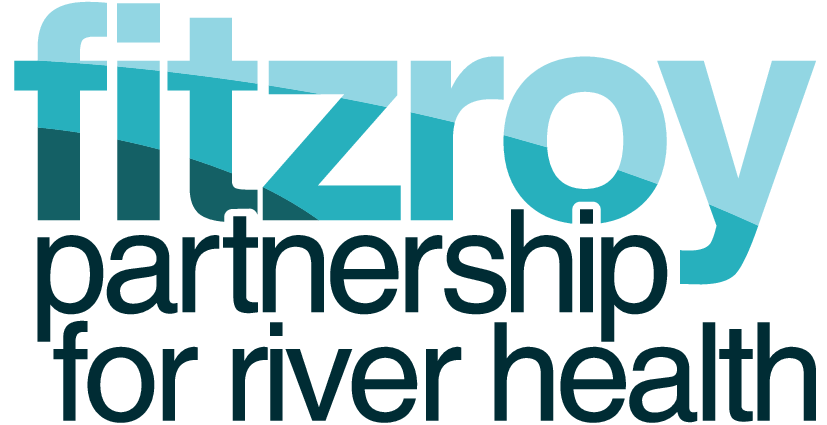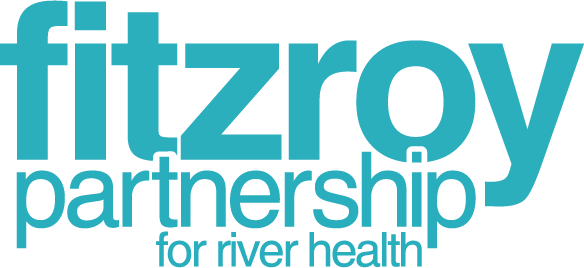The marine grade is calculated from three scores: Coral, Seagrass and Water Quality.
Coral is further broken down into the following sub-indicators: proportion of macroalgal cover, rate of coral cover change, coral community compositions, coral cover, and juvenile coral density. The scores of each of these indicators are equally weighted and aggregated into an overall Coral score ranging from 0 to 1.
- 0 to 0.2 is rated ‘very poor’ and coloured red
- >0.2 to 0.4 is rated ‘poor’ and coloured orange
- >0.4 to 0.6 is rated ‘moderate’ and coloured yellow
- >0.6 to 0.8 is rated ‘good’, and coloured light green
- >0.8 and higher is rated ‘very good’ and coloured dark green
Seagrass is broken down into two sub-indicators: seagrass abundance and seagrass resilience. Each of these is assigned a score between 0 and 100 and the sub-indicators are then aggregated with equal weights into the Seagrass score, scaled to a value between 0 and 1.
Water Quality is broken down into three sub-indicators: water clarity, productivity, and particulate nutrients. These are given a score and then aggregated with equal weights to produce the Water Quality score. Further details of how the sub-indicator scores are calculated are available from https://www.reefplan.qld.gov.au/tracking-progress/reef-report-card/methods-to-create-report-card.


